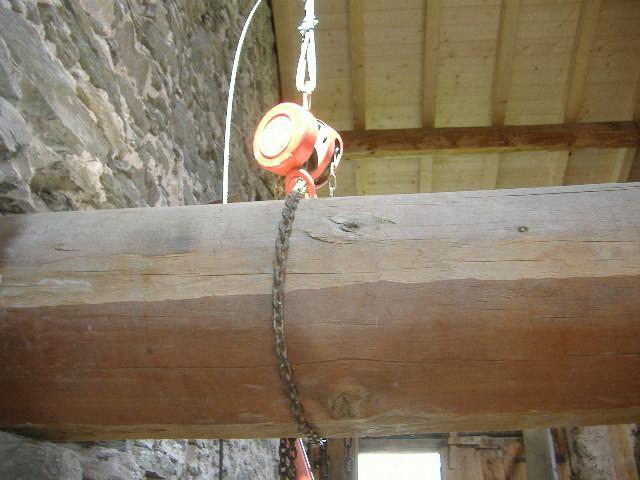M
marsaday
I have spoken to the engineer and he has said this is fine, but i wanted to see if this is normal.
I have a huge 9m truss going into the front and back walls. I am adding a C channel each side to create a sort of flitch beam. This then cuts down my attic size in half so i can get small joist spans.
Currently the truss is sitting on a wooden padstone and i have cleared the walling around each truss end to get my padstones in for the C channels.
Because of the wooden padstone already there i cannot dig down any further to achieve the 150mm padstone height. The height avaliable is 100mm and this works fine. So my padstone is now going to be 50mm shallower.
Would anyone do anything differently ?
I have a huge 9m truss going into the front and back walls. I am adding a C channel each side to create a sort of flitch beam. This then cuts down my attic size in half so i can get small joist spans.
Currently the truss is sitting on a wooden padstone and i have cleared the walling around each truss end to get my padstones in for the C channels.
Because of the wooden padstone already there i cannot dig down any further to achieve the 150mm padstone height. The height avaliable is 100mm and this works fine. So my padstone is now going to be 50mm shallower.
Would anyone do anything differently ?



